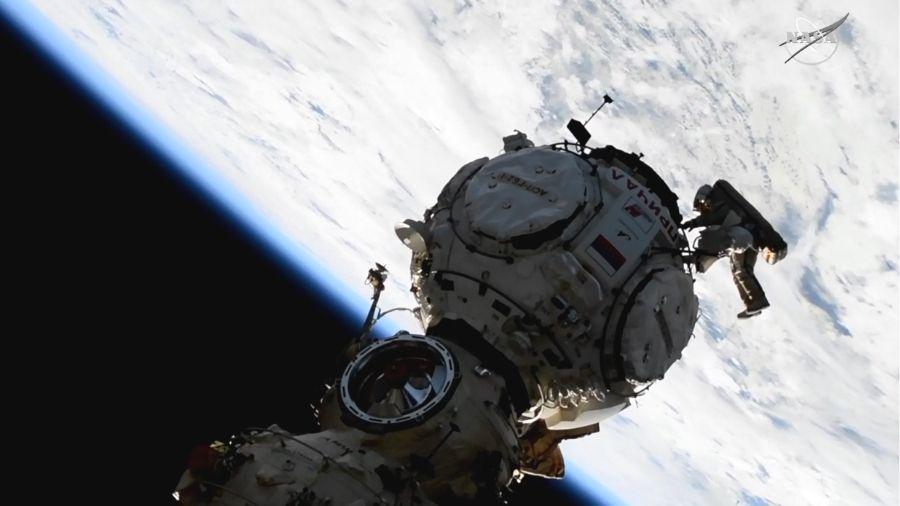
Credit: NASA TV
HOUSTON—Two Russian cosmonauts on Jan. 19 completed the first in a series of up to nine spacewalks planned over 2022 to fully integrate Russia’s new multiport Prichal docking and Nauka Multipurpose Laboratory modules to the International Space Station (ISS). Prichal was launched from the Baikonur...
Subscription Required
This content requires a subscription to one of the Aviation Week Intelligence Network (AWIN) bundles.
Schedule a demo today to find out how you can access this content and similar content related to your area of the global aviation industry.
Already an AWIN subscriber? Login
Did you know? Aviation Week has won top honors multiple times in the Jesse H. Neal National Business Journalism Awards, the business-to-business media equivalent of the Pulitzer Prizes.
